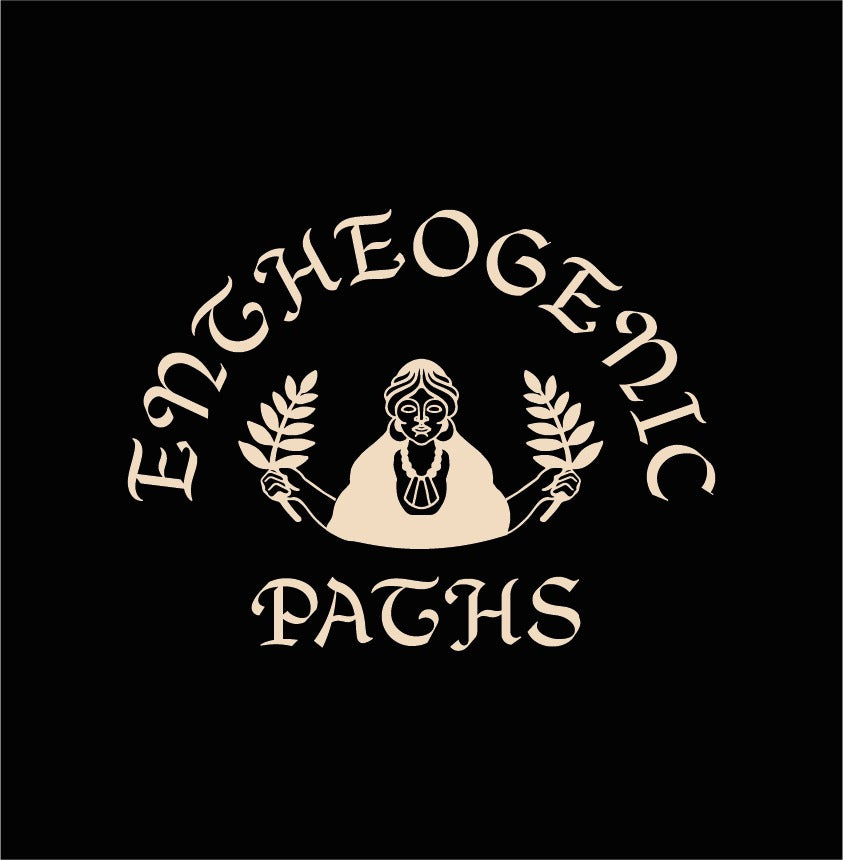A few words about entheogenic incense 😊
.
Ancient mankind's mastery of fire ignited new developments in the quest for human survival.
Inside the cave or while wandering, the magic of fire warmed, protected and cooked, and later gave cultural control to the metal guilds of Toval Cain that provided tools and weapons.
The dead were burned, and their spirits merged with the sky in billowing smoke.
The witch, who stands between the two worlds, is like the lady of fire, who inhales the smoke to enter a trance and even bathes in the smoke for personal healing and for the power to heal.
The mysteries of the flame have always been the center of worship and rituals have been concocted around the fire.
The incense cults of Israel have received a wide range of theological and academic attention.
Researchers have been trying to hypothesize the use of various types of entheogens in the Bible for years. They link a common Canaanite heritage with ancient Persia, in decisive and apocalyptic texts such as the Book of Ezra and the Key of Solomon that reveal cultural interference by foreign peoples.
About two years ago, they found remains of cannabis in the Tel-Arad area in a building that was used as a Jewish temple during the First Temple period.
Theories about the use of cannabis in the days of the Tanakh were common even before the archaeological find and appeared in a number of writings, for example in Shulchan Aruch it is written: '...and the wick will be fine whether it be vine, or flax or hemp...' [Apparently they mean the wick of the holy lamp, which suddenly sounds like the national bang in the temple]
Such theories are attractive for a linguistic reason and also because the 'wandering Jews' were really nomadic in essence, it is said that they offered holy smoke (cannabis, and probably also unknown persimmon resin and acacia trees) in closed tents in a manner similar to the Scythians as described by Herodotus.
'But the incense of the Old Testament is sometimes strong and dangerous to the point of being deadly or causing violent destruction' (Leviticus 10; Number 16; Kings 2:2) and also represents the presence of the 'Lord'.
From the external books and magic books from the Middle Ages it is possible to know that Yahweh and the other gods and beings could be incensed into space to appease and calm the spirit.
In the temple there was a constant fear of God's wrath appearing in a thundering cloud of smoke because of some mistake in worship.
In some ways the story of the exodus and walking in the desert unfolds the story of the mysterious incense in chemical warfare with a strange barbarian smoke. The wandering Hebrews followed a pillar of smoke during the day, and a pillar of fire at night (Exodus 13).
Exodus 19:18 associates the Jewish God with smoke: "And Mount Sinai was in smoke, for Jehovah descended upon it with fire. And its smoke rose like the smoke of an oven, and the whole mountain trembled greatly." The altar of incense (Exodus 30) with Moses' brother leading the morning and twilight rituals.
Exodus 30:9 is very revealing of the command: "You shall not offer strange incense on it..." indicating that foreign worship began to be burned on the altar of the priesthood through the descendants of Aaron.
*Incense blends are used as common fire offerings to the gods or spirits we work with. Supernatural entities and forces are attracted or repelled by various scents, and sorcerers burn large quantities of perfumes to provide a medium for the manifestation of spirits.
Intended for summoning spirits and locking the space
Ingredients: black liquorice, hemlock, cinnamon, fennel seeds, parsley root, Boswellia sacra and other resins.
